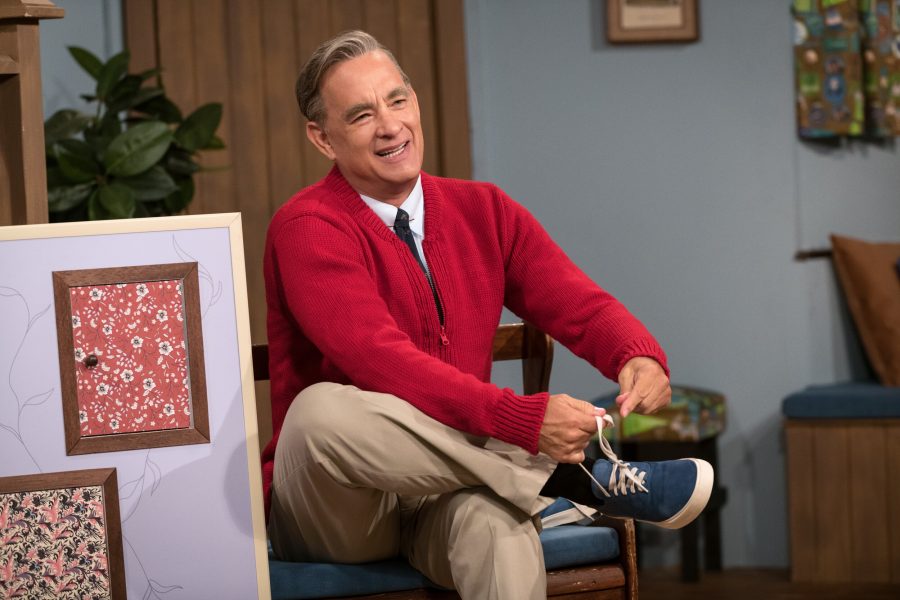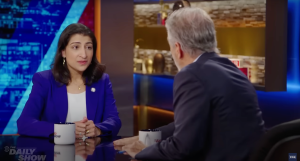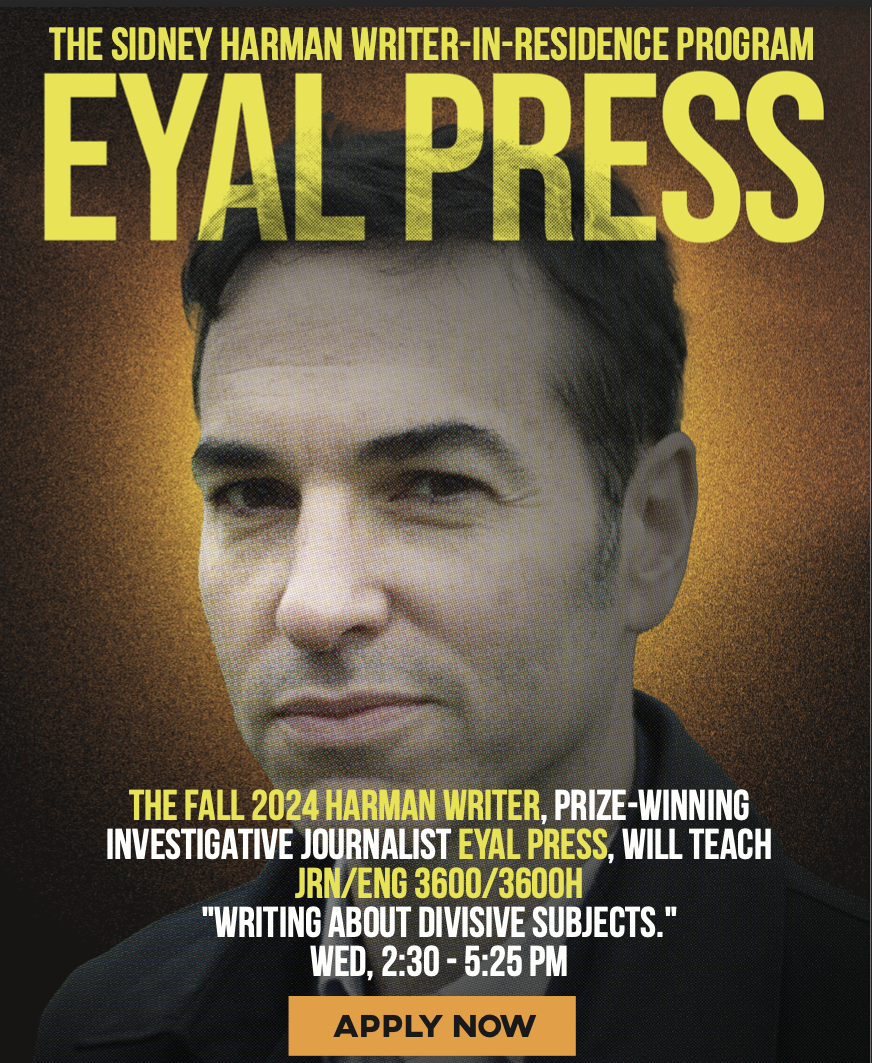A Beautiful Day in the Neighborhood sheds light on Mr. Rogers
Courtesy of Sony Pictures
December 9, 2019
The long-awaited “A Beautiful Day in the Neighborhood” came to theaters on Nov. 22.
Based on a true story, the film follows Esquire journalist, Andrew Lloyd, as he attempts to interview Fred Rogers and write an account of why the American children television host was hailed as a hero.
This movie’s success is due to it not being a documentary like the one released in 2018, “Won’t You Be My Neighbor.” Instead, this biopic focuses on Lloyd and his strained family, narrating his story through Mr. Rogers’ show, treating the theater audience as an actual neighbor for the day.
Right from the start of the film, a spot-on replica of the Mr. Rogers’ Neighborhood theme song is played, with Tom Hanks perfectly replicating the late host’s mannerisms and cadence. He even dons Roger’s famous red sweater and playfully tosses his shoe.
Besides evoking nostalgia, this opening sequence is vital in establishing that Rogers will be seen more as a public figure, rather than exploring his own life. The movie accurately captures how the late host did not shy away from addressing serious topics.
In this, he acknowledges how death is manageable, shows a young cancer patient that his illness does not make him weak, and even gets a whole restaurant to sit in silence and ponder over who loves them.
We get glimpses into who Rogers is outside of his television persona, like how his wife, Joan Rogers, mentions that he has a temper, but tames it by swimming laps every day and praying for others. In the midst of one of Lloyd’s interviews, as the journalist asks more and more personal questions, Rogers becomes tight-lipped.
Instead of answering whether or not his job is burdensome or about his poor relationship with his sons, Rogers replicates the sound of pressing all the low notes on a piano at once, something he does when he is angry.
The majority of tight shots are on Lloyd, as he struggles to balance his emotions towards his father coming into his life after abandoning him, with being away from his wife and son. In an interesting directorial choice, the audience learns the most about Rogers when Lloyd is the focal point.
For instance, as Lloyd’s family talks and enjoys a meal together, Rogers snaps a photo of the people he met to show his wife later. This ties into how every person is special to him, as instead of being the one in the photos, he values the people he meets to the extent that he wants to show his wife.
Additionally, though the film gives explicit details, like showcasing PicturePicture time accurately as well as puppetry and set design true to the original show, the plot is actually driven by inference. For instance, it is never clearly stated as to why Rogers is so keen to help Lloyd mend his broken family. Though the movie proposes Rogers’ aid to Lloyd is due to the latter being “broken,” Rogers refutes this several times.
A natural response would be that the late host did so merely from the kindness of his heart, but a closer look reveals his attempts and visits to reconcile Lloyd’s and his father’s relationship can reflect Rogers’ own relationship with his sons. This is evident for several reasons.
Primarily, Lloyd watches several episodes of the show which Rogers urges parents to raise kids with their own childhoods in mind.
Secondly, though the camera shows Lloyd taking notes, Rogers is heard saying that his eldest son didn’t tell people who his father was and his younger son often fought with him.
Lastly, as Lloyd puts on his shoes to walk Rogers to his car, Rogers whispers into Lloyd’s father’s ears to pray for him as a fellow father.
Seeing the strained relationship with Lloyd and his father may be the same cracked mirror of Rogers’ own relationships. The director choosing to show the story surrounding Lloyd in precise detail but leaving Rogers to be unreadable paints him as a mysterious figure.
Hanks does a phenomenal job of beaming as a public figure of goodness and hope, but underneath, after the stage lights are dimmed and the crew goes home, he lets his cheerful counterpart fade and reveal a flawed human being.
After saying goodbye to the audience, he sits at a piano and plays a melodious tune, only to have it end by playing every low note on the piano at once to let his frustrations float away. Unusual for such an uplifting figure, the irony of the scene is not lost. It was so unforeseeable several audience members gasped. Even as the credits rolled, the jarring chords echoed, leaving the theater packed long after the credits rolled.
Having died in 2003, the current generation is not as familiar with Rogers. The movie shows, however, that one did not have to grow up with Rogers to feel his impact.
Taking Lloyd as an example, he did not grow up in a household where Rogers’ kind phrases and thoughtfulness permeated from the television set. Yet, even late into adulthood, Rogers still taught him to see the humanity in others and to forgive.
In a time wrought with pain and division, this film reminds America to ask one crucial question: “Won’t you be my neighbor?”









